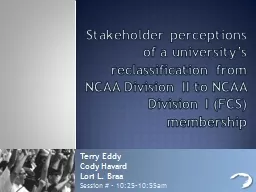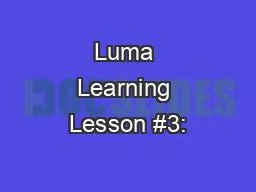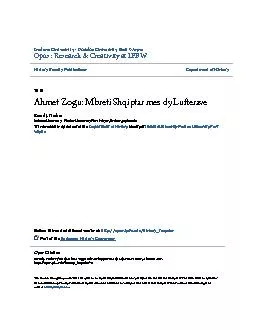PPT-Dr. Luma Zeiny University of
Author : badra | Published Date : 2024-03-13
Basrah AlZahraa Medical College Ministry of higher Education and Scientific Research GYNAECOLOGY 20th EDITION by Ten Teachers REPRODUCTIVE BLOCK Lecture
Presentation Embed Code
Download Presentation
Download Presentation The PPT/PDF document "Dr. Luma Zeiny University of" is the property of its rightful owner. Permission is granted to download and print the materials on this website for personal, non-commercial use only, and to display it on your personal computer provided you do not modify the materials and that you retain all copyright notices contained in the materials. By downloading content from our website, you accept the terms of this agreement.
Dr. Luma Zeiny University of: Transcript
Download Rules Of Document
"Dr. Luma Zeiny University of"The content belongs to its owner. You may download and print it for personal use, without modification, and keep all copyright notices. By downloading, you agree to these terms.
Related Documents














